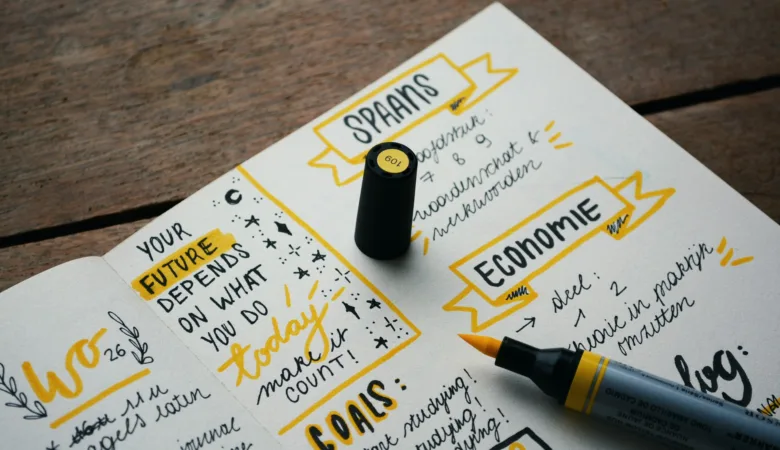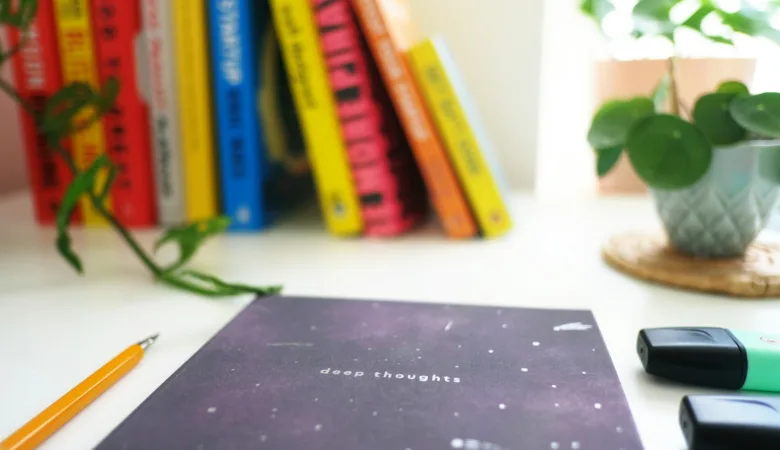Do you ever feel like you’re juggling a hundred things at once? In today’s fast-paced world, multitasking has become a necessary skill. Whether you’re a student, a professional, or a busy parent, being able to handle multiple tasks simultaneously can greatly improve your productivity. However, multitasking is not as easy as it seems. It requires focus, organization, and the ability to prioritize. To help you become a multitasking master, here are five tips to keep in mind:
1. Prioritize and Plan
The first step to effective multitasking is to prioritize your tasks. Start by making a to-do list and identifying the most important and urgent tasks. This will help you focus your energy on the tasks that require immediate attention. Break down larger tasks into smaller, manageable ones, and allocate specific time slots for each task. By planning your day in advance, you can ensure that you stay on track and make the most of your time.
Here are some additional tips for prioritizing and planning:
- Use a calendar or a planner to keep track of your tasks and deadlines.
- Set realistic goals and avoid overcommitting yourself.
- Identify your peak productivity hours and schedule your most challenging tasks during that time.
- Take regular breaks to avoid burnout and maintain your focus.
2. Focus on One Task at a Time
Contrary to popular belief, multitasking doesn’t mean doing multiple tasks simultaneously. In fact, trying to do too many things at once can lead to decreased productivity and increased stress. Instead, focus on one task at a time and give it your full attention. This will help you complete tasks more efficiently and with better quality.
Here are some strategies to help you stay focused:
- Eliminate distractions: Turn off notifications on your phone, close unnecessary tabs on your computer, and find a quiet place to work.
- Practice mindfulness: Train your mind to stay present and avoid getting distracted by thoughts about other tasks.
- Use time-blocking: Allocate specific time blocks for each task and dedicate your full attention to that task during the allotted time.
- Use productivity tools: There are many apps and tools available that can help you stay focused and minimize distractions.
3. Delegate and Outsource
One of the keys to effective multitasking is knowing when to delegate or outsource tasks. You don’t have to do everything yourself. Identify tasks that can be done by someone else and delegate them to your team members or hire freelancers. This will free up your time and allow you to focus on the tasks that require your expertise.
Here are some tasks that you can consider delegating or outsourcing:
- Administrative tasks
- Data entry
- Social media management
- Content creation
- Customer support
4. Practice Time Chunking
Time chunking is a technique that involves grouping similar tasks together and working on them during specific time blocks. This allows you to take advantage of your brain’s ability to focus on one type of task for an extended period. By batching similar tasks, you can minimize the time wasted on switching between different types of tasks.
Here’s how you can implement time chunking:
- Identify the different types of tasks you need to accomplish.
- Create dedicated time blocks for each type of task.
- During each time block, focus solely on the tasks within that category.
- Avoid switching to a different task until the allocated time block is completed.
5. Take Care of Yourself
Lastly, remember to take care of yourself. Multitasking can be mentally and physically demanding, so it’s important to prioritize self-care. Make sure to get enough sleep, eat a balanced diet, and engage in regular exercise. Taking care of your physical and mental well-being will help you stay focused, energized, and better equipped to handle multiple tasks.
Here are some self-care tips:
- Get enough sleep: Aim for 7-8 hours of quality sleep every night.
- Eat well: Fuel your body with nutritious foods that provide sustained energy.
- Exercise regularly: Engage in physical activities that you enjoy to reduce stress and boost your mood.
- Practice mindfulness: Take breaks throughout the day to relax, meditate, or engage in deep breathing exercises.
Remember, mastering the art of multitasking takes practice. It’s important to be patient with yourself and continuously evaluate and adjust your strategies. By implementing these tips, you’ll be well on your way to becoming a multitasking pro!














Leave a Reply